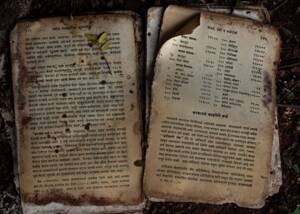Origami - the art of paper folding
News News blog
Origami (from oru for "fold" and kami for "paper") is the art of paper folding. Starting from a usually square sheet of paper, two- or three-dimensional objects such as animals, paper airplanes, objects, etc. are created by folding.

In 610, paper was brought from China to Japan by Buddhist monks, where paper folding experienced a first flowering in the Muromachi period (1333-1568) and a second in the Edo period (1603-1868).
Independently of this, the European art of paperfolding developed, spreading from Egypt and Mesopotamia to Spain in the 16th century and later on to Western Europe. In the 16th century, especially in Italy, elaborate decorations were made from folded table napkins at many courts, and this tradition of table decoration quickly spread to northern Europe.
A revival of the tradition occurred in Germany through Friedrich Froebel, as paper folding played a central role in his reform pedagogical kindergarten concept. In 1880, the Japanese emperor introduced nationwide kindergartens based on Fröbel's model.
For a long time, origami was known only for a small number of traditional models, such as the crane. Only the Japanese Akira Yoshizawa (1911-2005) broke with traditional models and created new ones.
Within a short period of time, this resulted in origami models with a complexity that would not have been thought possible before. A major role was played by the so-called "bug wars" in the 1960s, a kind of friendly competition between several folders aimed at folding the most lifelike bugs and insects possible.
Modern origami models are sometimes very complex and it often takes several hours to fold them. On the other hand, many origami folders still prefer simple structures and shapes; some folders specialize only in certain models.
According to a Japanese legend, the person who folds a thousand origami cranes will have a wish granted by the gods. Since the death of Sadako Sasaki, an atomic bomb victim who had fought in vain against her radiation-induced leukemia by folding cranes, origami cranes have also become a symbol of the international peace movement and resistance to nuclear war.










